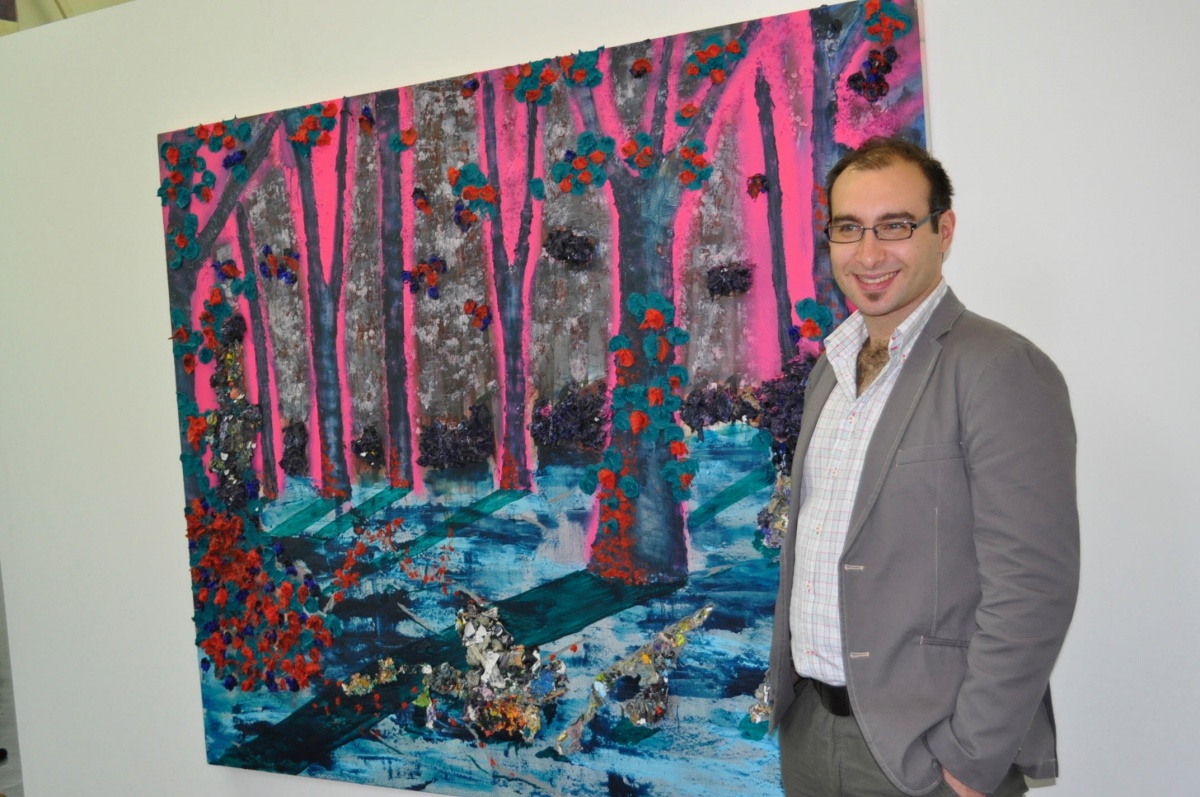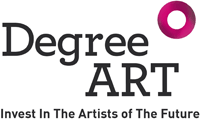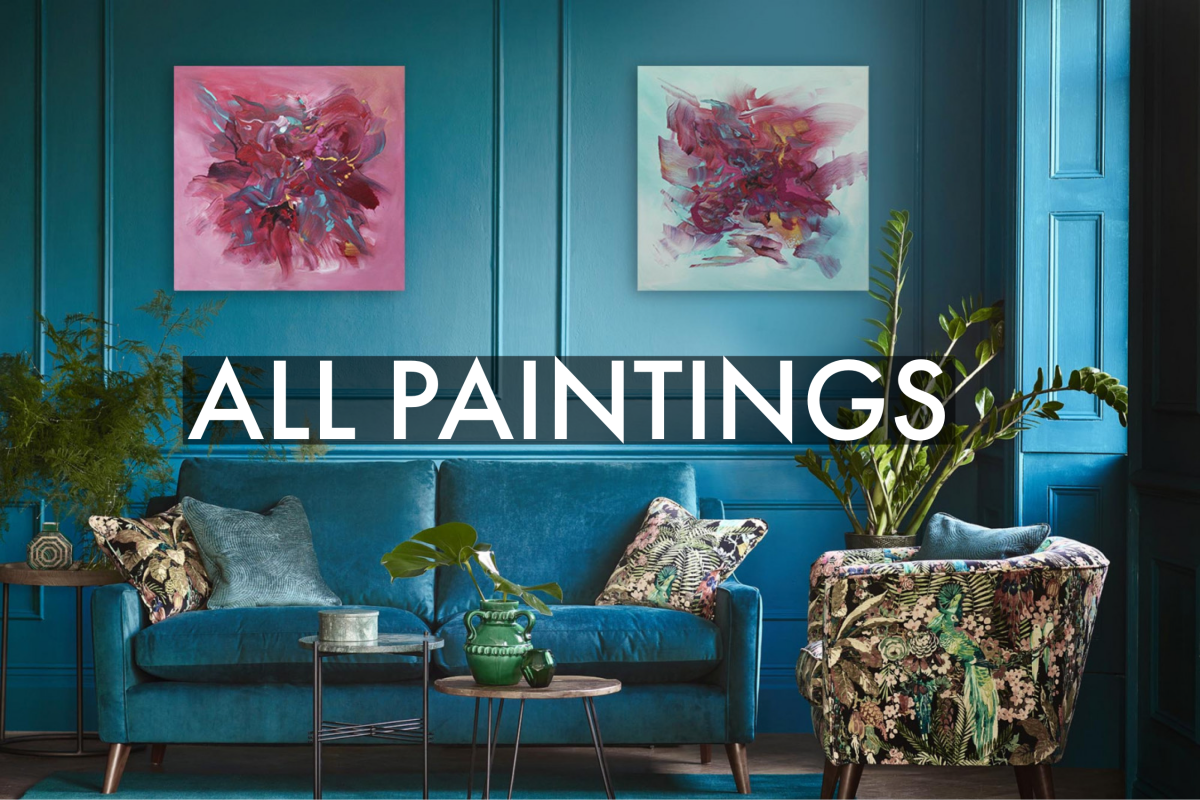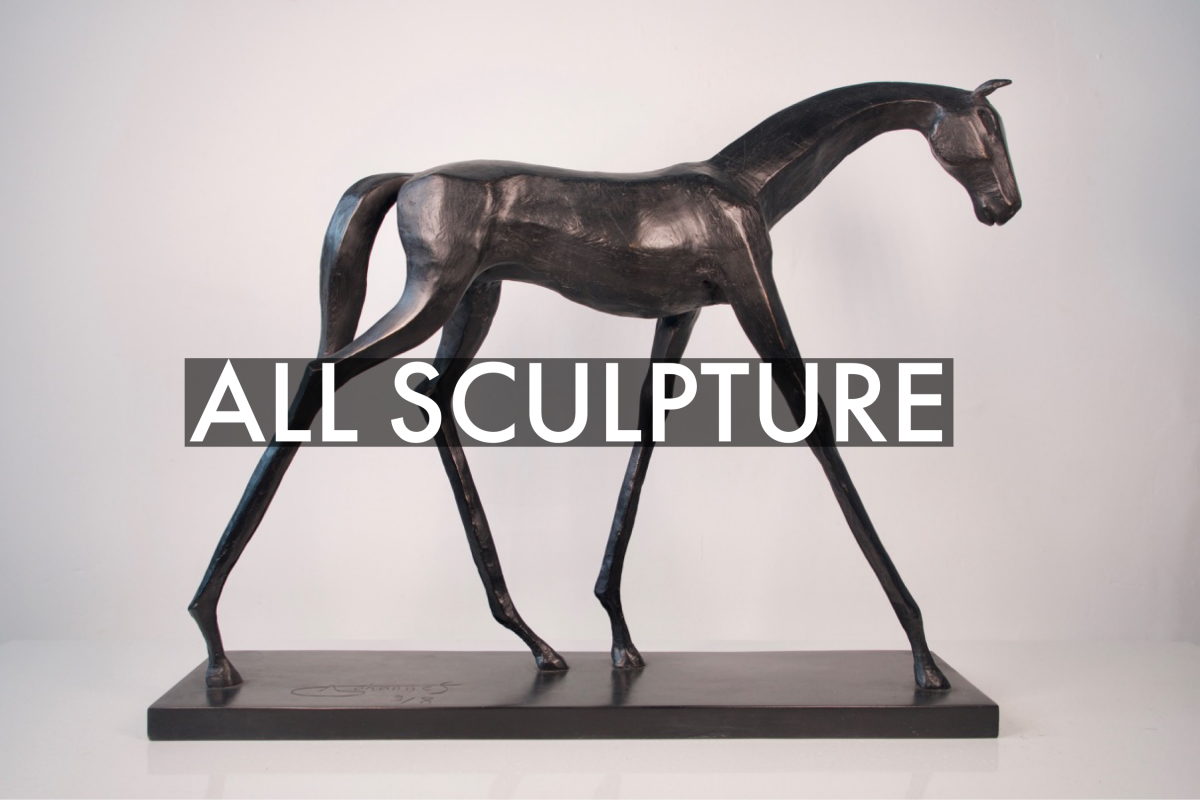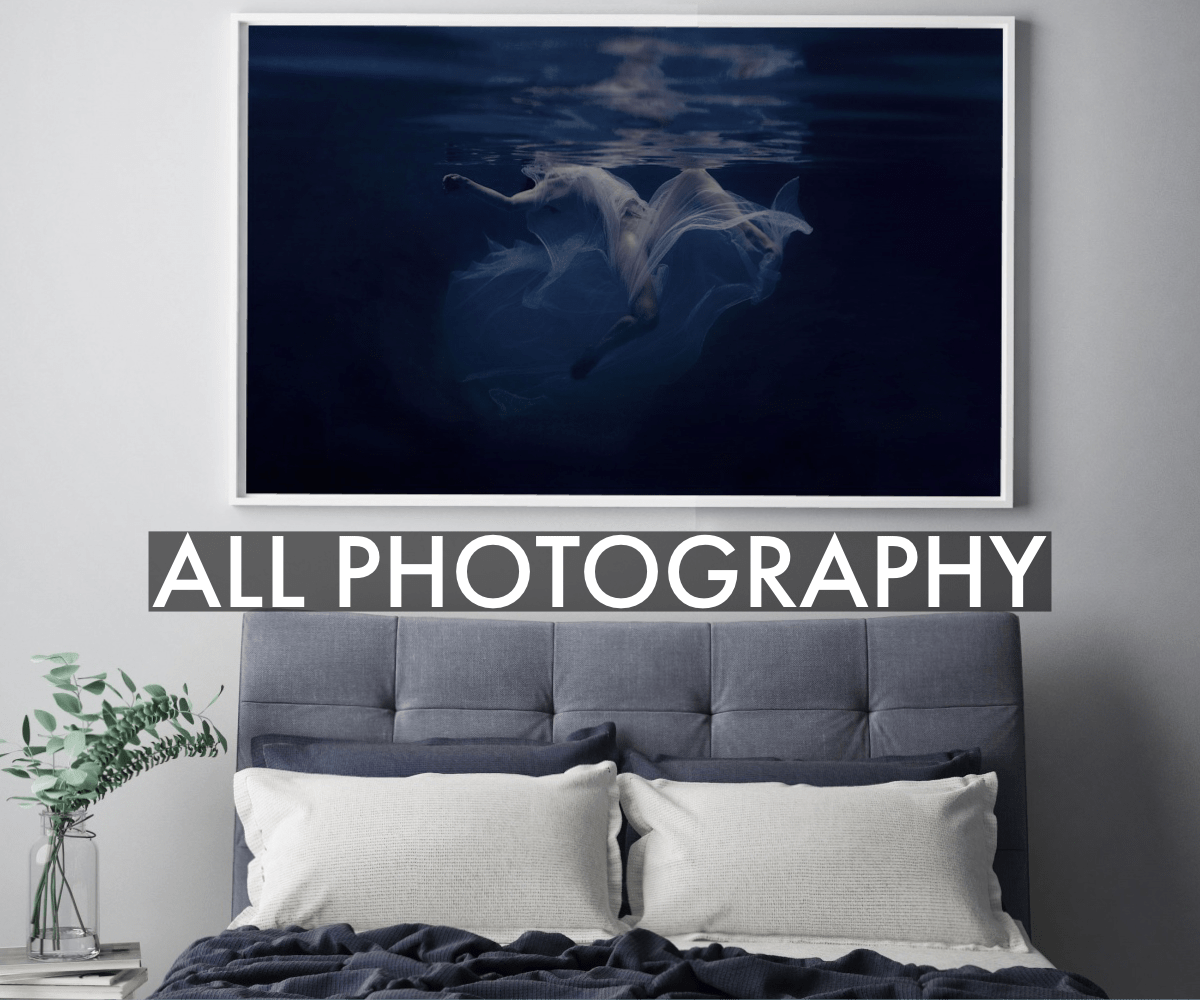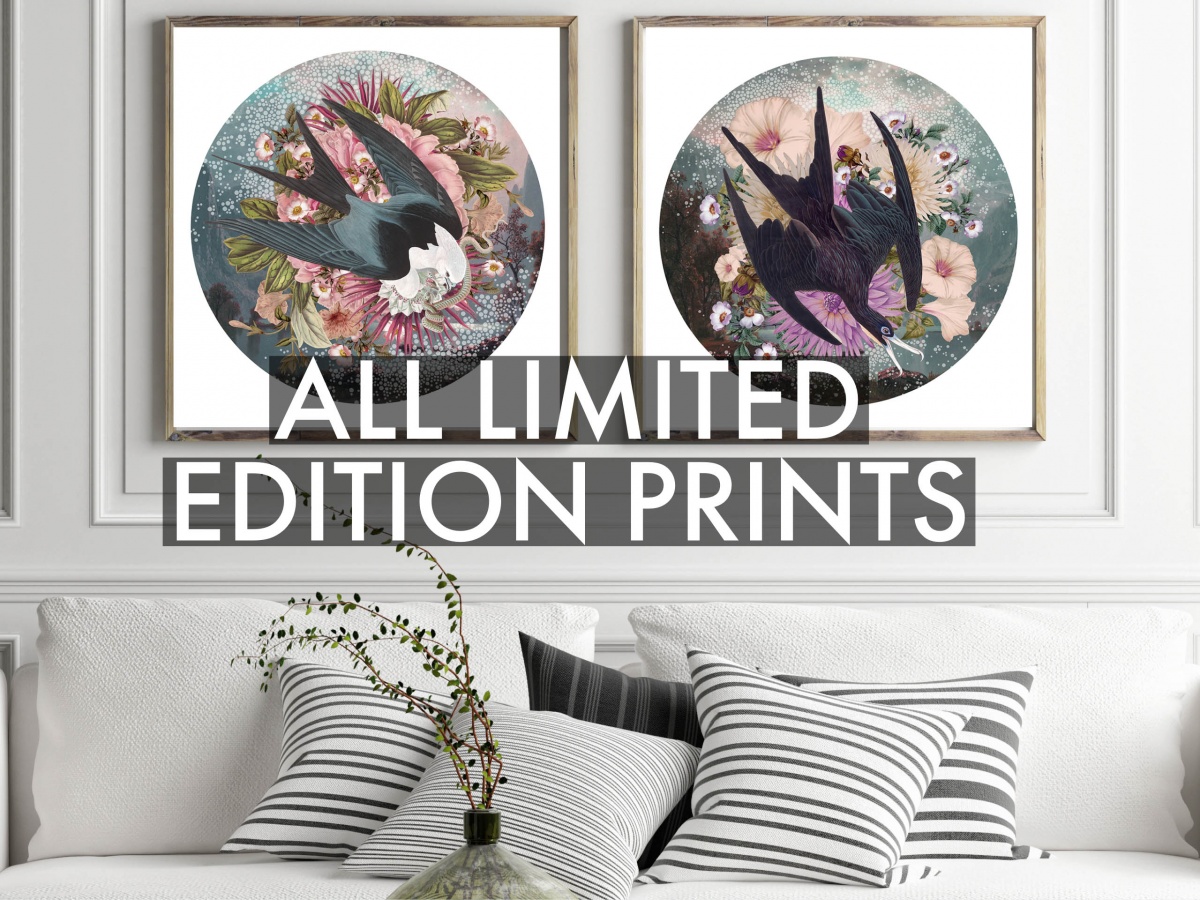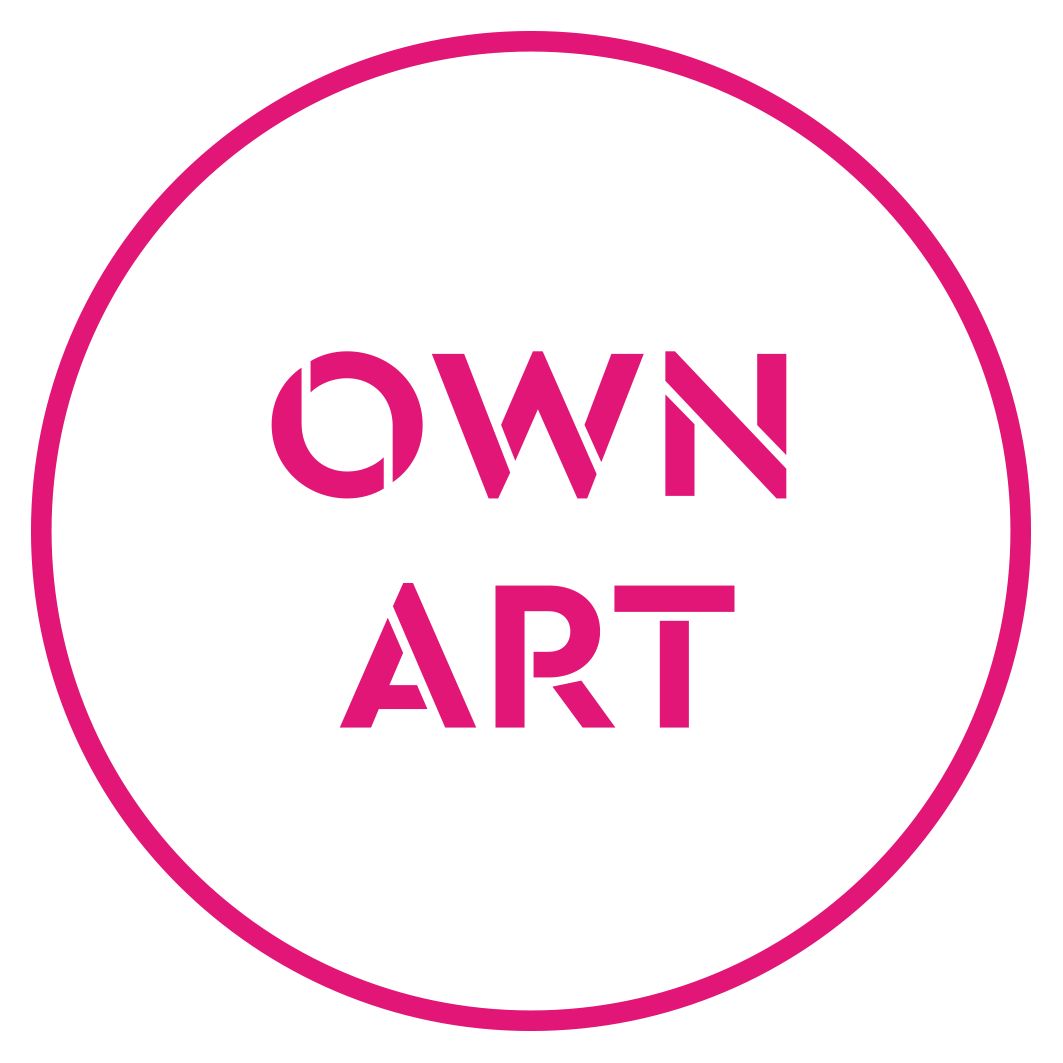Raf Zawistowski was born in Warsaw, Poland and grew up in Canada where he graduated with a BA in Fine Art at Ontario College of Art in Toronto in 2006. As part of his education, Raf spent a year in Florence, Italy where he exhibited his artwork and studied the Renaissance, which plays a key part in his artwork creation today. Raf blends traditional methods from the Old Masters and contemporary art practice, and his beautiful mixed media landscapes are created on canvas linen and board.
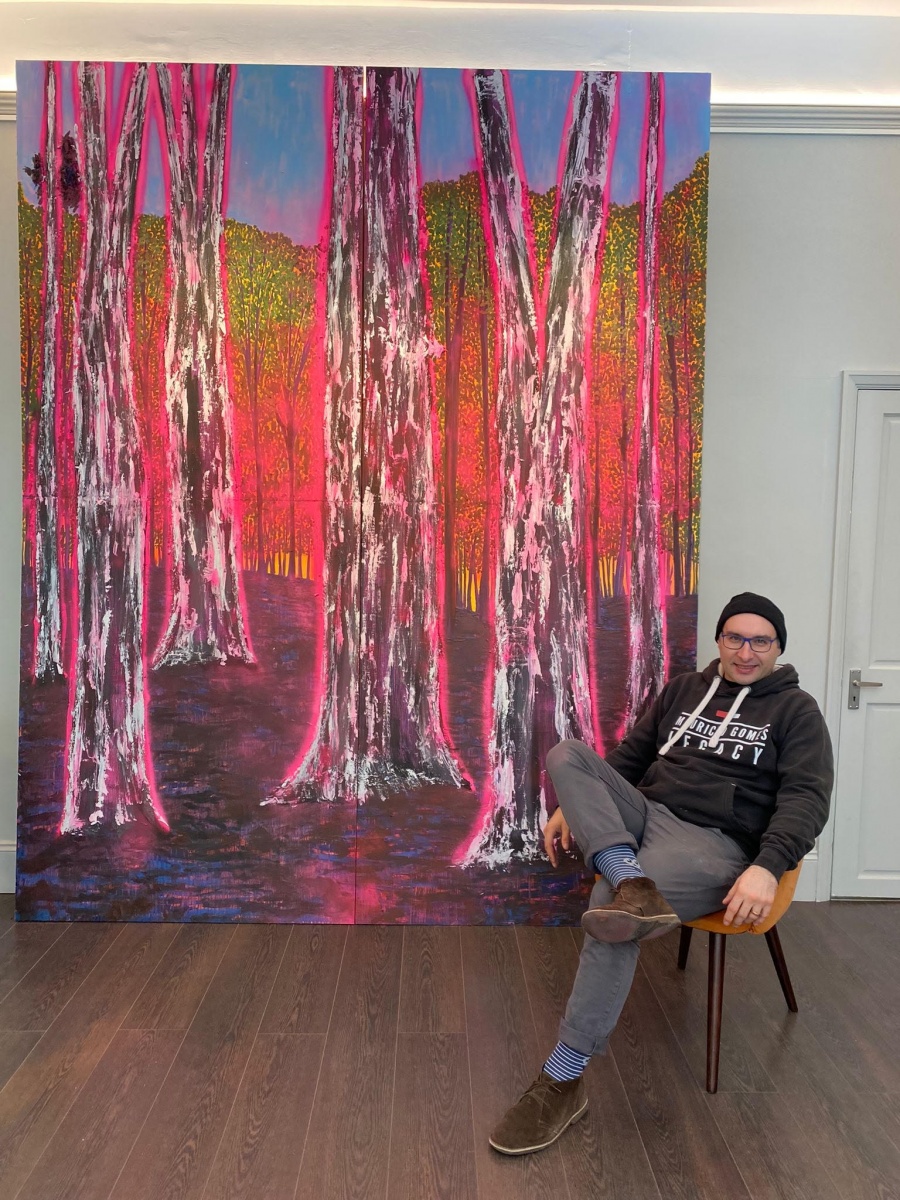
1) Which art movement do you consider most influential on your practice?
Having lived in Florence, Italy I would say that the renaissance has had a big impact on my painting as it made me think about the longevity of my work. It made me re-think my approach to paint and this started a journey of making my own paint and gesso and impasto paste in the traditional methods of the old masters.
2) Where do you go and when to make your best art?
My studio - It’s my happy place where I can work uninterrupted and lose myself in my forests.
3) How do you describe your 'creative process'?
It all starts with a sketch often small and mainly compositional. From there I go into the woods near me and photograph trees and watch my children run around in the forest. I look for colours in the woods that would be overlooked like the greens on moss under a fallen tree or yellows seen in a small mushroom (often that mushroom being stomped by one of my children). As we walk around I photograph trees and the textures and I love how trees can have so many layers. This is something I implement into my work when I paint, scraping away the layers to reveal the glow within my work. I then go back into my studio and make colour notes on the original sketch and write down what textures will be on what trees. Then the painting process starts.
4) Which artist, living or deceased, is the greatest inspiration to you?
I can’t say there is only one, as I look to several, one being Frank Auerbach and his use of paint, layering and scraping. Anselm Kiefer is another for his monumental scale and use of texture. Francis Bacon being a third - his approach to painting and use of form and how he creates texture has drawn me to his work. Then there is Caravaggio and the way he can capture precious moments in paintings. Then finally Masaccio for his use of Ariel perspective and being so far ahead of his contemporaries, which ended up being his demise.
5) If you weren't an artist, what would you do?
I think I would own a martial arts gym, as martial arts has been a part of my life for almost as long as my art.
6) What do you listen to for inspiration?
If anyone were to walk into my studio they would hear the following: a mix of old rock, reggae, old school hip hop, classical music, 1920’s jazz and blue grass. I also love listening to podcasts, one of which telling a story of creatures and mythological gods that live in forests.
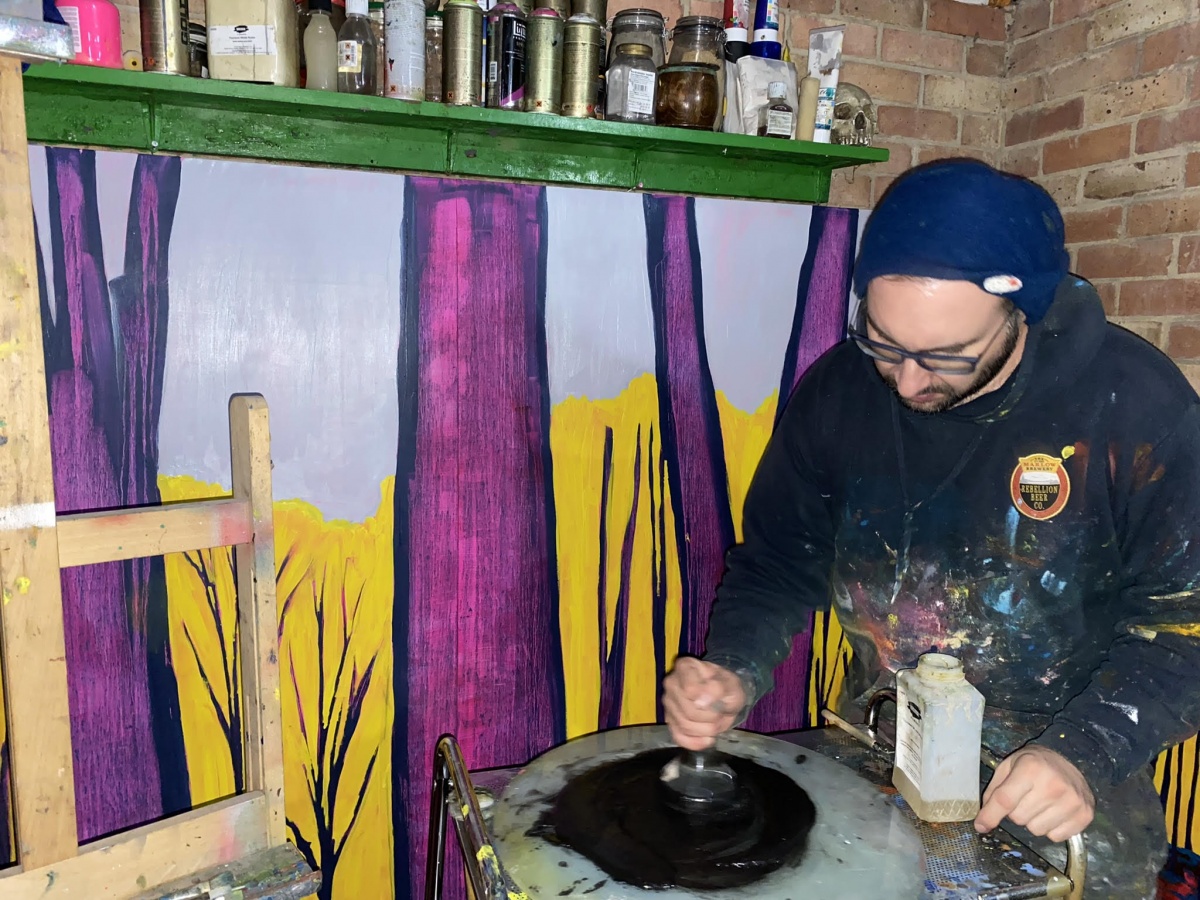
7) If you could own one artwork, and money was no object, which piece would you acquire?
That’s hard as I have so many I love, but if I must choose one it would Caravaggio’s Bacchus. I find that painting comical in its portrait of the Roman God of Agriculture, wine and fertility. I saw it in Florence at the Uffizi.
8) If your dream museum or collection owner came calling, which would it be?
When I was younger I always looked at Charles Saatchi as the powerhouse art collector and when he purchased my work it really kick started my career. At the moment I would have to say the Tate.
9) What is your key piece of advice for artists embarking on a fine art or creative degree today?
Don’t let trends dictate what you do. Be consistent in your approach to making work and don’t cut corners. It’s better to make a few amazing paintings than a few mediocre paintings.
10) What is your favourite book of all time (fiction or non fiction)?
There are two: the yellow brick house which fictionally depicts the turbulent time when Van Gogh and Gauguin lived together in Arles, France. The second is The Letters of Vincent Van Gogh.
11) If you could hang or place your artwork in one non-traditional art setting, where would that be?
On the side of a Mies van der Rohe, I feel like my painterly approach to painting would battle the clean lines of Rohe’s architecture.
12) What was the biggest lesson your university course or time studying taught you?
How to make paint, primers and additives in the way of the old masters.
13) And finally, if we were to fast forward 10 years, where would we find you?
Painting in a larger studio possibly in Italy.
Learn more about Raf and discover his collection of paintings.



